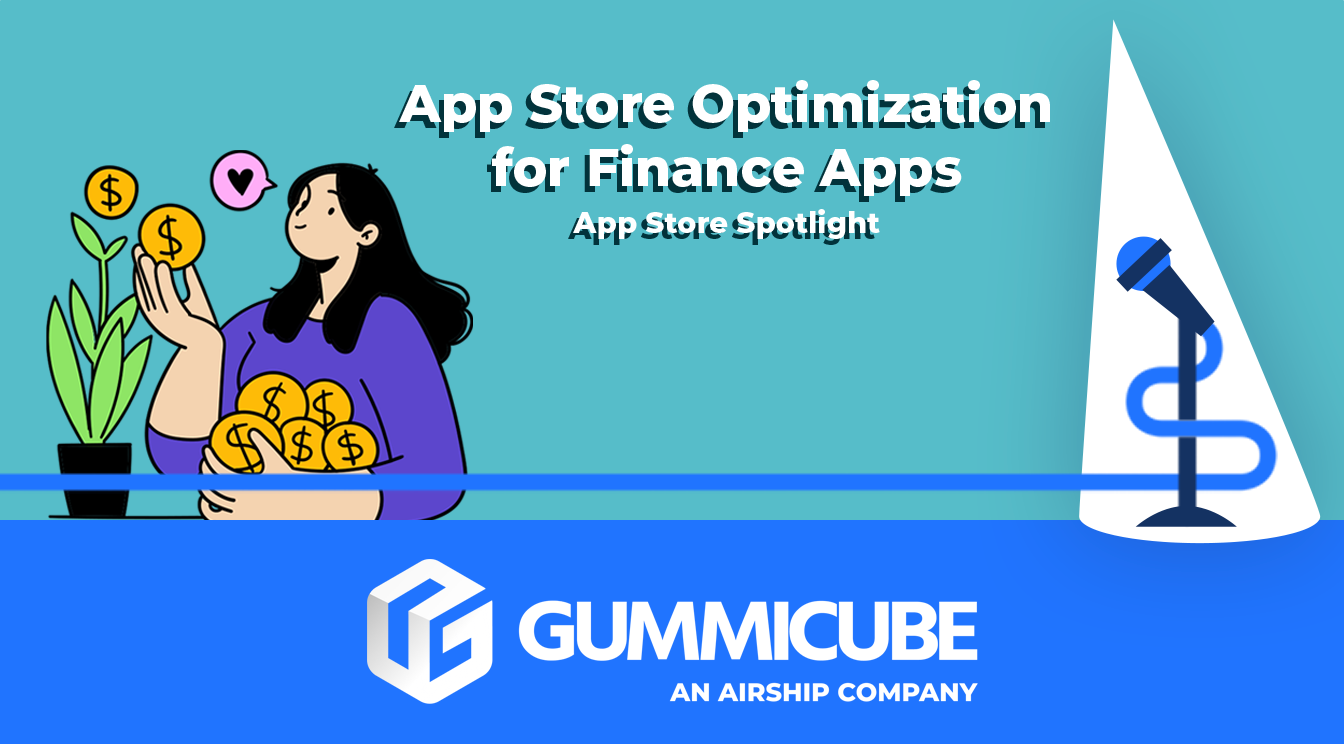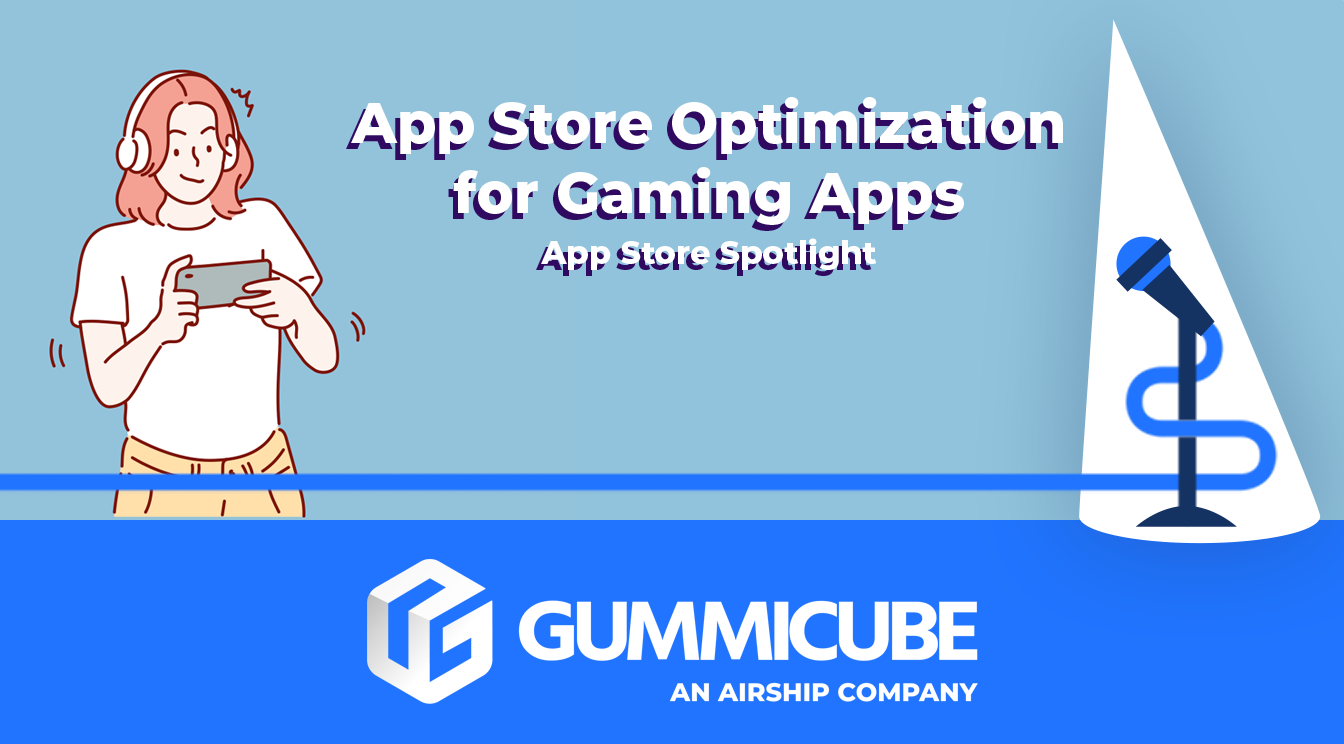Mailchimp App Store Spotlight
August 6th, 2019


by Anh Nguyen
COO & Co-Founder at Gummicube, Inc
Mailchimp is an email marketing platform for small businesses, with a companion app designed to enable users to manage their contacts and emails from their mobile devices. While the app’s team understands multiple facets of marketing, mobile marketing requires a different set of tools and knowledge – specifically, it requires App Store Optimization. In this week’s App Store Spotlight, we take a look at Mailchimp and see if its ASO is up to the task.
iOS
On the Apple App Store, Mailchimp is the top app under searches for its name. It also holds the top spot for lower-volume but relevant terms such as “automation platforms.” The app is #2 for “email marketing” and #5 for “ecommerce,” as well as #7 for “commerce.” Its rankings get lower for terms like “marketing” (#12), “advertising” (#17) and “email organizer” (#33).
Creatives: Mailchimp uses five screenshots, designed to provide an overview of the app. Each one uses callout text at the top of the image to provide information, such as “Follow your social results” and “resend to non-openers.” The font used for the callout text is simple and does not integrate keywords, so users have to stop and read closely to get the idea.
As the app has room for five more screenshots, it could begin with one calling out the purpose of Mailchimp before going into its uses and features. This would help quickly convey why users should download the app and what it can offer to them. Some of the text is also on the longer side, such as “use saved templates to create your emails,” which could be condensed for quick reading.
The screenshots themselves are not visually engaging in terms of color usage or device placement, but they still show exactly what is on the app in relation to the callout text. Since it’s an app designed for business email and social media marketing, it’s okay to simply present the app in a straightforward manner if the content is clear and important.
While the five screenshots do present important information about the app, Mailchimp still has room for five more. Using additional screenshots can provide more information about the various features to capture further benefits of using the app. Leaving out screenshots is leaving out potential opportunities to tell users more about the app, including not just features but use cases, benefits and so on.
Title/Subtitle: The app’s title, “Mailchimp,” uses nine characters out of the 30 the title space provides. With this extra room, it could include additional information like “email marketing app” to target more keywords and provide additional information about the app to users. The name alone could leave potential users behind if they’re not aware of the brand.
The subtitle, “Marketing for Small Businesses,” clears this up while using all 30 characters allotted by the App Store. The keyword-heavy subtitle provides information the title does not while helping target important terms.
Description: Mailchimp’s description starts off strong, with a short line providing information about the app and its benefits. This is informative and easy to read, even when scrolling down the page.
The following paragraph is a bit longer and could stand to be broken into two shorter lines. That would make it easier for users to read while browsing on a small mobile device.
Instead of feature sets, the description includes three bullet points about things users can do with the app. This could be expanded into a full feature set, which could tell users about everything the app allows them to do. As it is now, it provides a brief overview without providing the details or key features.
Google Play
On the Google Play Store, Mailchimp is the top app for its name, as well as #4 for “marketing app.” Its rankings then go to #14 for “business text,” #16 for “small business” and #17 for “business email.” It ranks #47 for “advertise your business” and #121 for “social media marketing,” so its keyword rankings have room to grow.
Creatives: Mailchimp uses the same screenshots on the Google Play Store as it does on the iOS App Store. As the Play Store allows up to eight screenshots, it has room for three more to provide additional information to users. Creating engaging screenshots can help improve conversions. As they are now, the screenshots show a phone on a light green background with plain text, which is direct and uncluttered but visually plain.
Description/Metadata: The Google Play title, “Mailchimp – Marketing Platform for Small Businesses” utilizes the title space to provide information about the app. This helps the app index for those terms, while presenting users with an explanation of the app’s purpose.
The description is also the same on both stores. As with iOS, it could expand its three-point feature list into more in-depth feature sets that provide more information about the app. This can help tell users what they can get from Mailchimp and encourage them to convert.
Additionally, the Google Play description should be written with a focus on keywords. While it does begin by describing it as a “marketing app,” most likes begin with phrases like “Get to know your audience” and “Mailchimp’s mobile app,” which do not utilize keywords. If it were to start off each line with a relevant keyword, it could help index for those terms.
A feature set would help for that as well. Using the lists to call out keyword-focused features can provide additional information to users while targeting and indexing for additional terms.
Overall
Email marketing and mobile marketing are very different challenges. Mailchimp provides great management tools for email marketing campaigns, although its mobile marketing could be improved with App Store Optimization best practices. By designing more engaging creative sets, optimizing the description for each store and adding additional keywords to the title for iOS, it could connect with more users and better reach its audience.
Similar Articles

Posted on April 5th, 2024
How can developers of journal apps optimize to stay relevant, differentiate themselves, and compete in the App Store? This App Store Spotlight jumps into some of the strategies employed by the top journal apps. Jump in to learn more.

Posted on March 15th, 2024
In this App Store Spotlight, we dive into the intricacies of optimizing finance apps and analyze the unique considerations of one of the most popular categories in the app stores.

Posted on February 23rd, 2024
Gaming is the largest category in the app stores by far. One out of every six games on the app stores is a mobile game, so how can you stand out from the competition? Find out in this App Store Spotlight.





